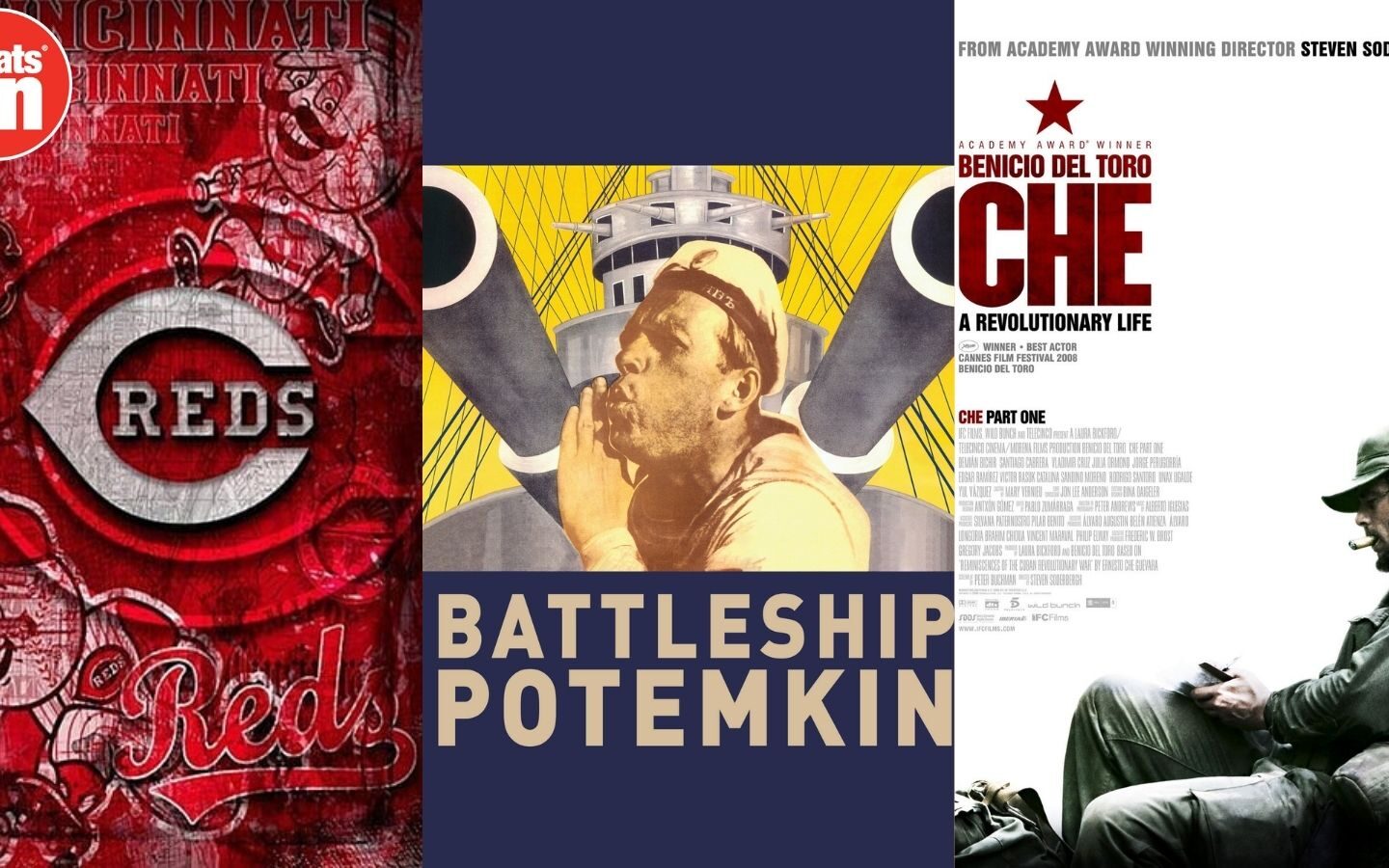In the realm of cinema, certain films stand out not only for their artistic merit but also for their deep engagement with socialist themes. Whether focusing on class struggle, revolutionary fervor, or social justice, these films offer thought-provoking insights into the dynamics of power and community. This listicle explores the top seven socialist film classics that continue to resonate today, highlighting their significance and the themes they portray.
Battleship Potemkin
Sergei Eisenstein’s “Battleship Potemkin” (1925) is often hailed as the archetypal revolutionary film. Set during the 1905 Russian Revolution, it portrays the mutiny of sailors against their oppressive officers. Through revolutionary montage techniques, Eisenstein not only made a dramatic narrative but also redefined the language of cinema. This film encapsulates the calls for freedom and the desires for a just society while providing potent visual imagery that remains influential to this day. Its famous “Odessa Steps” sequence is a cinematic landmark, illustrating the brutality of oppression and the hope sparked by rebellion.
Salt of the Earth
“Salt of the Earth” (1954) stands as a seminal work for both feminist and socialist cinema. Directed by Herbert J. Biberman, this film recounts the story of a miners’ strike against the Empire Zinc Company in New Mexico. The narrative uniquely centers around the miners’ wives, particularly Esperanza Quintero, who emerge as central figures in the struggle for justice. With its themes of united labor and gender equality, the film was groundbreaking at the time and faced severe backlash, including being banned in the U.S. Yet, its enduring message of solidarity among the working class and empowerment of women has inspired generations.
The Battle of Algiers
“The Battle of Algiers” (1966), directed by Pier Paolo Pasolini, presents a compelling depiction of the Algerian struggle for independence from French colonialism. The film blurs the line between documentary and fiction, utilizing a mix of professional and non-professional actors to convey authenticity. It tells a gripping story of ordinary people engaged in extraordinary acts of resistance, underscoring the revolutionary spirit that can arise from oppressive circumstances. Its powerful imagery and strong political convictions resonate with audiences, echoing themes of liberation struggles worldwide.
Reds
Warren Beatty’s “Reds” (1981) offers an intimate glimpse into the life of journalist John Reed, who chronicled the Russian Revolution through his writings. The film combines a sweeping epic narrative with more personal elements of Reed’s life, particularly his relationship with Louise Bryant. Beatty’s portrayal captures the excitement of revolutionary fervor while also exposing the complex human emotions intertwined with grand events. By blending interviews with historical figures and dramatized scenes, “Reds” immerses audiences in the emotional depths of a tumultuous era and calls attention to the ideals and realities of socialism.
Man with a Movie Camera
Dziga Vertov’s “Man with a Movie Camera” (1929) is an avant-garde documentary that captures daily life in Soviet Russia. Through innovative camera work and editing, Vertov aims to showcase the vitality and energy of life in a new socialist state. This film pushes the boundaries of traditional documentary filmmaking by experimenting with various cinematic techniques. Its artistic brilliance lies in its celebration of communal life and the belief in cinema as a tool for social transformation. “Man with a Movie Camera” remains a testament to the potential of visual storytelling in conveying profound social messages.
Soy Cuba
“Soy Cuba” (1964), a collaboration between the Cuban government and the Soviet Union, narrates the events leading up to the Cuban Revolution through a series of vignettes. This film has often been praised for its stunning cinematography and powerful imagery, highlighting the struggles faced by the Cuban people under a corrupt regime. Despite initial poor reception, it has since been recognized as a cinematic masterpiece that captures the essence of rebellion against injustice. “Soy Cuba” continues to resonate as a poignant reflection on revolution and the quest for dignity.
Che: Part One and Two
Steven Soderbergh’s “Che: Part One and Two” (2008) offers a biographical perspective on Ernesto “Che” Guevara, focusing on his role in the Cuban Revolution. The film eschews conventional biopic formats, opting instead to present an intricate view of Che’s life, ideology, and the revolutionary struggles he championed. Ricardo Darín’s portrayal imbues the character with depth and complexity, allowing viewers to engage critically with the man behind the legend. This two-part film paints a nuanced portrait of revolutionary life while exploring the broader implications and consequences of socialist ideology.
For more Film Reviews, visitWhatsOn.guide














